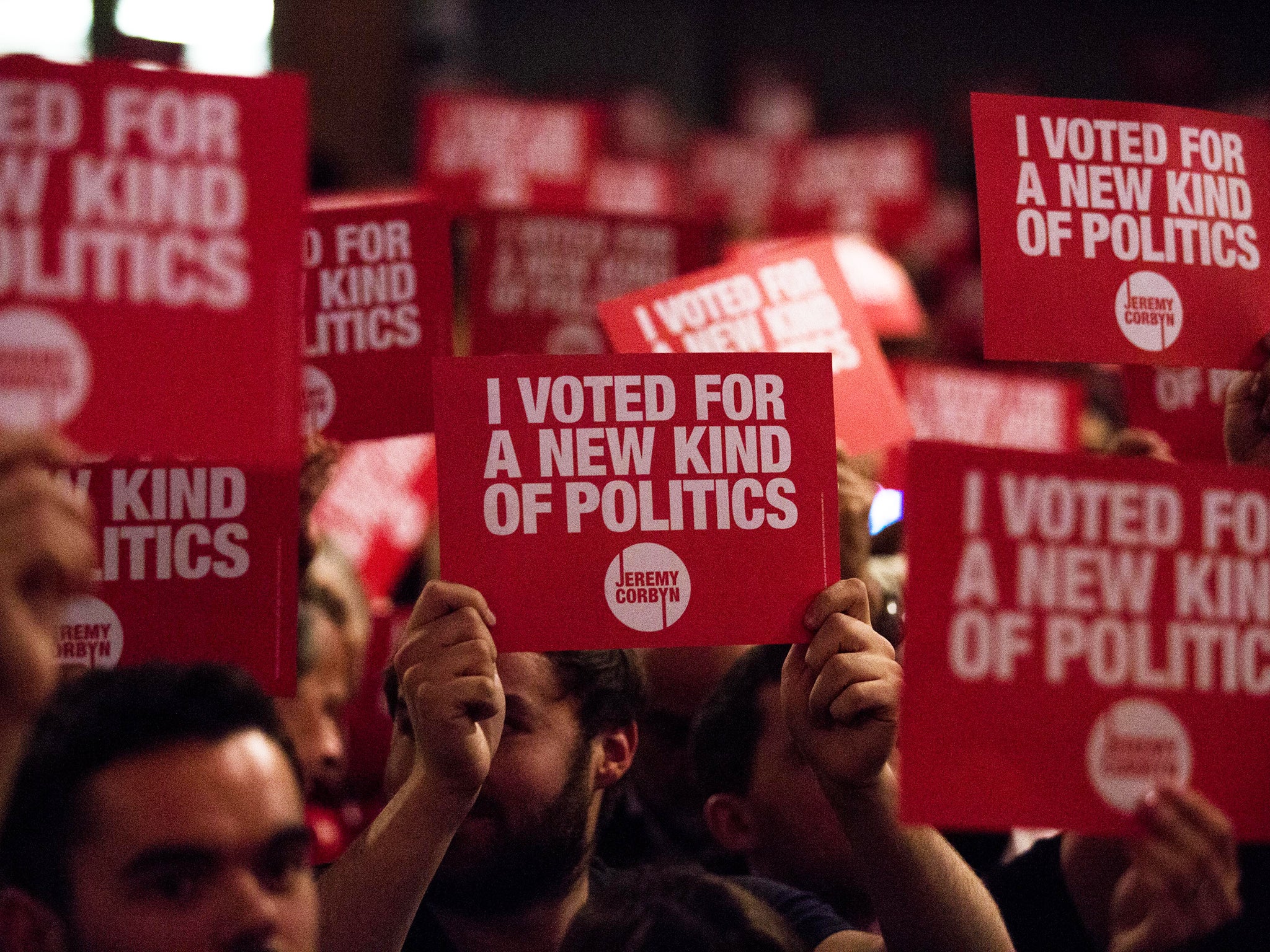As Brexit and a general election loom, what is the membership breakdown of the UK’s political parties?
Politics Explained: Despite a dip in numbers, Labour still has largest membership of any party, writes Lizzy Buchan


As Westminster speculates feverishly about an early general election, senior politicians will be looking nervously to their membership rolls.
New figures show tens of thousands of members quit the Labour Party last year, in the first dip in its membership since Jeremy Corbyn became leader in 2015.
Usually a closely guarded secret, the latest accounts handed to the electoral watchdog show Labour membership fell to 518,659 last year – a drop of almost 46,000 from the end of 2017.
The current numbers are also thought to be a fair bit lower, with leaked figures recently putting the total closer to 485,000.
Critics seized on the drop as a sign that Labour’s equivocation on Brexit and the long-running row over the handling of complaints of antisemitism in the party were beginning to bite.
But Labour continues to have the largest membership of any British political party by a significant margin following an explosion in its numbers under Corbyn.
The party had around 190,000 members under Ed Miliband’s leadership, with some 150,000 members joining soon after Corbyn was elected to head up the party.
The Conservatives trail their political rivals in terms of grassroots support, with some 124,000 people on their membership rolls last year.
While the party does not publish its membership figures, Brandon Lewis, the party chairman, tweeted that their numbers had swelled to 180,000 during the Conservative leadership contest in July.
Nearly 139,000 Tory members voted in the run-off between Boris Johnson and Jeremy Hunt, with Johnson securing a comfortable 92,153 votes to his rival’s 46,656.
The SNP, which is Scotland’s largest political party, had 125,534 members as of December last year, at one point surpassing the Conservatives in terms of grassroots support.
The Liberal Democrats had around 95,000 members last year but its numbers soared to 115,000 in August, according to William Dyer, a member of the party’s federal board.
The surge comes amid a revival of the party’s fortunes, following the election of Jo Swinson as party leader, a crucial by-election victory in Brecon and Radnorshire and a positive performance in the European elections in May.
Among the smaller parties, the Greens reported 48,500 members in July, while Ukip reported only 29,000 members in April last year.
Support free-thinking journalism and subscribe to Independent Minds
Six months after splitting from Conservative and Labour parties, the five MPs in the Independent Group for Change issued a call for members to transform the small opposition grouping into a “fully fledged political party”.
Nigel Farage claimed in June that his new outfit, the Brexit Party, has around 115,000 registered supporters since it formed earlier this year.
The size of a party’s membership base does not always translate to electoral success – as shown by the Conservative victory in the 2017 general election.
However, an active and motivated grassroots base could make a significant difference to a party’s fortunes, particularly in a snap poll.
Join our commenting forum
Join thought-provoking conversations, follow other Independent readers and see their replies
Comments